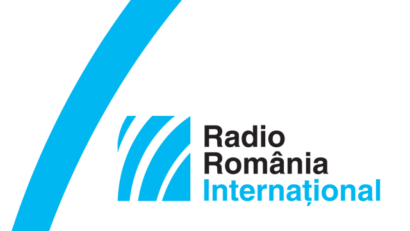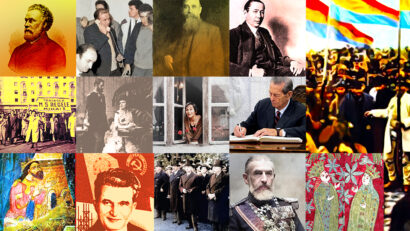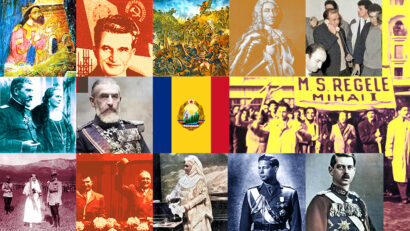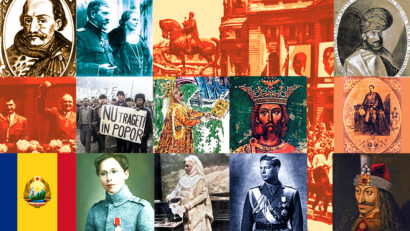Automobiles in Communist Romania
A history of the automobile during the communist regime in Romania
Steliu Lambru, 04.07.2022, 14:00
Automobiles have become so common
today that it is almost impossible to imagine a world without them. Like any
other invention in its early days, the automobile was present only in the lives
of the affluent. However, in time, its rising popularity made it affordable to
other people and thus it stopped being a symbol of belonging in a certain
social category. Between 1945 and 1989, the automobile’s evolution in Romania saw
some stages beginning with the restrictive one, when it was exclusively used by
the state and the communist leadership, to a period when it was desired by the
commoners as well. It went through a period of democratization as Serban
Cornaciu, vice-chair of Retromobil Club Romania said. This period was kicked
off by a low number of people, the ones who could afford it at that time.
Serban Cornaciu: We cannot
speak about this period of democratization, without speaking about car imports
from the West. Those people were privileged because they had the courage to apply
for buying such a luxurious product and they had well-paid jobs, being doctors,
lawyers, artists. Most of them were interested in buying a Fiat 850 or a
Renault 16 as Romania hadn’t started its car production yet. There were also very
expensive models like Fiat 1800 and many of the applicants were being visited
by officers of the former political police, the Securitate, because the state
had a tight control on people’s incomes at that time and only a few could afford
a car in the 1960s.
Romania’s economy just like the others in Central and
Eastern Europe was slowly recovering after the war and the process was also hindered
by its being reorganized after the centralized soviet model. Furthermore,
Romania wasn’t allowed to benefit from the Marshall plan and its economic
recovery was dragging on. It was only in the late 60s, that two plants were
built in Pitesti, southern Romania for the production of two models, Renault 8
and 12, under the name of Dacia 1100 and Dacia 1300. At that time the then
communist authorities wanted to give an impetus to the car market by producing
local brands and importing some models from the other communist countries. Here
is Serban Cornaciu at the microphone again
Serban
Cornaciu: At that time, you could
subscribe to a waitlist for buying a car, apply for a loan and eventually you
got it. In 1974, three versions of Dacia 1300, not very different from one
another, became available. The cars used to come in a wide range of vivid
colours until 1984 when a new model, Dacia 1310, had rolled off the assembly
line. Cars from the communist bloc were also available on the market but
imports from the West ceased shortly after the local production had begun. No
Western brands were imported since 1971-72. One could only apply for a Lada
1200, a Moskvich or a Trabant, produced in East Germany. Delivery periods for
Trabant were shorter, though after 1988, applicants could wait even up to three
years to get one.
However, the systemic crisis that started to affect
the communist regime in late 1970s, inevitably affected Romania’s car industry.
Here is Serban Cornaciu again.
Șerban
Cornaciu: The models produced by
Dacia Pitesti in the 1980s were changed and imports became increasingly
difficult. Wait lists could no longer be made at the local dealers and people’s
options started being trimmed in 1982-83. The plant in Pitesti started having
delivery issues on the domestic market, because exports had become a priority.
One can wait up to five years for a car and there were no colour options. They started
using two-three colours back then. One year they were all painted in blue,
another year green or white and so on. Vivid colours were no longer available.
Restrictions for the drivers came one after the other
and in 1978, Romania’s communist dictator Nicolae Ceausescu issued orders that
dignitaries and institutions use only Romanian cars. The crisis deepened in
mid-1980s, with fuel shortages, driving restrictions at night and on Sundays.
We’ve asked Serban Cornaciu about the used cars market in communist Romania.
Serban Cornaciu: Cars were being sold by their owners; there was supply, there was
demand and a second-hand market flourished back in the 80s. However, prices
remained high in spite of the driving restrictions imposed by the communist
authorities. Things went on like this, someone would buy a car but at the first
snowfall authorities would issue a temporary driving restriction and the new
owner had nothing to do but wait until the restrictions were lifted. Only
communist leaders were allowed to travel in cars with yellow plates as well as members
of the diplomatic corps or foreign residents in Romania whose number plates
began with 12 B. For instance, famous Romanian director Sergiu Nicolaescu, who
was shooting a lot of films back in the day, had to use this special type of
plate in order to avoid being pulled over by the then road police which was known
in Romania as ‘militia’.
The real democratization of the automobile in Romania
came only after 1989 and the change in the political regimes also brought
changes to the relationship between cars and their owners.
(bill)

